19 Unique European Festivals You Should Experience
Europe is home to a wealth of unique festivals that celebrate its rich cultural heritage. From lively parades to historical reenactments, these events offer a one-of-a-kind experience for travelers. Whether you’re dancing in the streets of Spain or enjoying traditional music in Ireland, there’s something for everyone. These festivals bring communities together, showcasing local traditions and customs. Many of them have centuries-old roots, adding an authentic touch to the celebrations. Attending these festivals not only offers unforgettable memories but also a deeper understanding of Europe’s diverse cultures.
This post may contain affiliate links, which helps keep this content free. Please read our disclosure for more info.
La Tomatina (Spain)
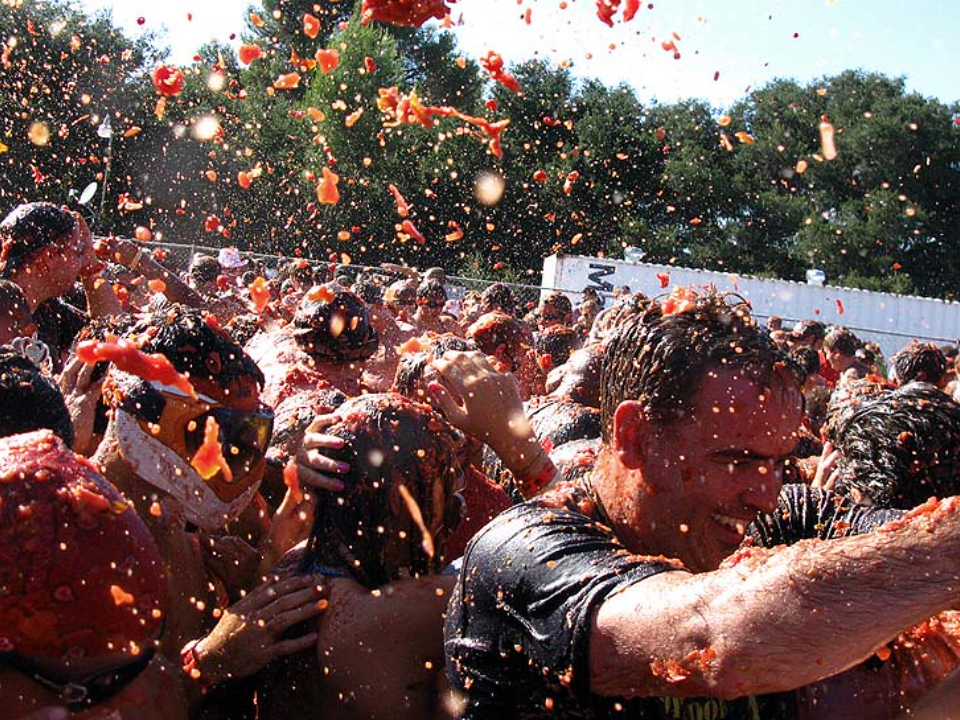
La Tomatina is one of the most famous festivals in Spain, held annually in the town of Buñol. This event takes place on the last Wednesday of August, where participants engage in an all-out tomato fight. Thousands of people from all over the world gather to throw overripe tomatoes at each other in the streets, making it a messy and fun experience.
The festival began in 1945 when locals started a food fight during a parade. Since then, it has grown into a major tourist attraction. In addition to the main event, there are various activities, such as music, dancing, and parades. The festival is a unique opportunity to embrace the mess and enjoy the vibrant atmosphere of a truly unconventional celebration.
Oktoberfest (Germany)

Oktoberfest in Munich is a celebration of Bavarian culture, beer, food, and traditional music. Held every year from late September to the first weekend of October, it attracts millions of visitors from across the globe. The festival takes place in huge beer tents where visitors can enjoy freshly brewed beer, local delicacies, and lively music performances.
In addition to the beer, Oktoberfest features a wide array of activities such as traditional Bavarian dances and folk music. Visitors can also explore carnival rides, games, and parades, adding to the festive atmosphere. The event is the perfect mix of culture, entertainment, and, of course, delicious beer.
Carnival of Venice (Italy)
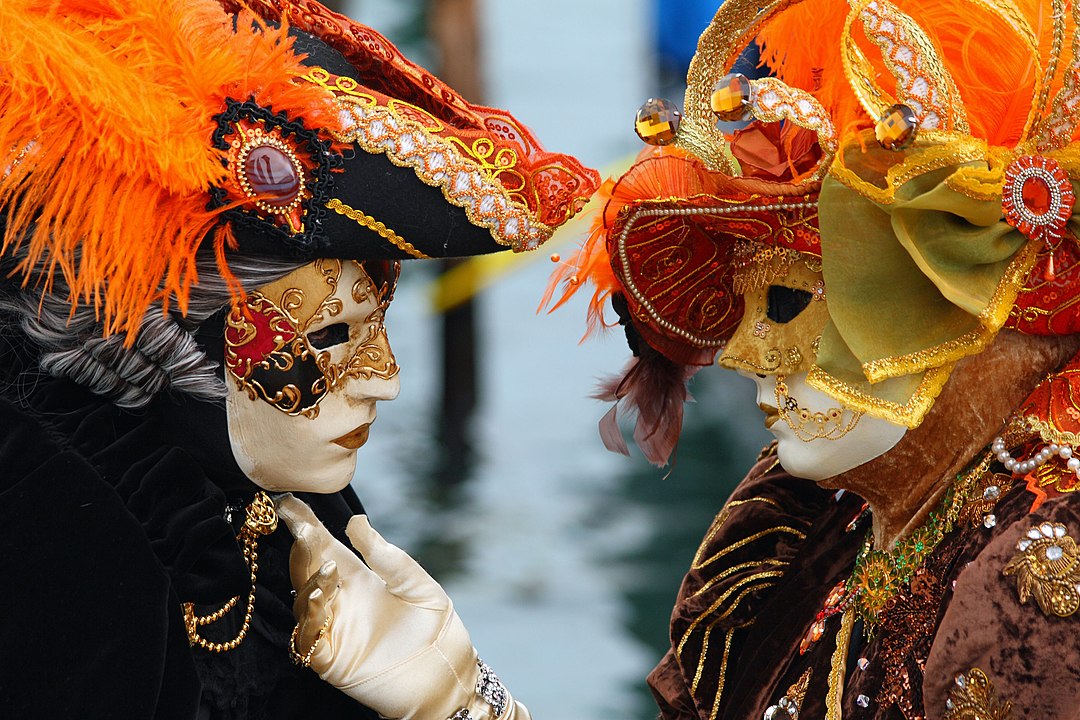
The Carnival of Venice is one of the most iconic events in Italy, known for its elaborate masks and elegant costumes. This annual festival takes place in February, leading up to Lent, and is celebrated with grand balls, masquerade parties, and parades. Participants wear intricate, ornate masks, adding an air of mystery and excitement to the festivities.
The carnival has a long history dating back to the 11th century, and over time, it has evolved into one of the most famous festivals in the world. Aside from the costume parades, Venice also offers cultural performances, street entertainment, and historical reenactments. The beauty of the canals and historic buildings in the backdrop makes this event even more captivating.
Running of the Bulls (Spain)
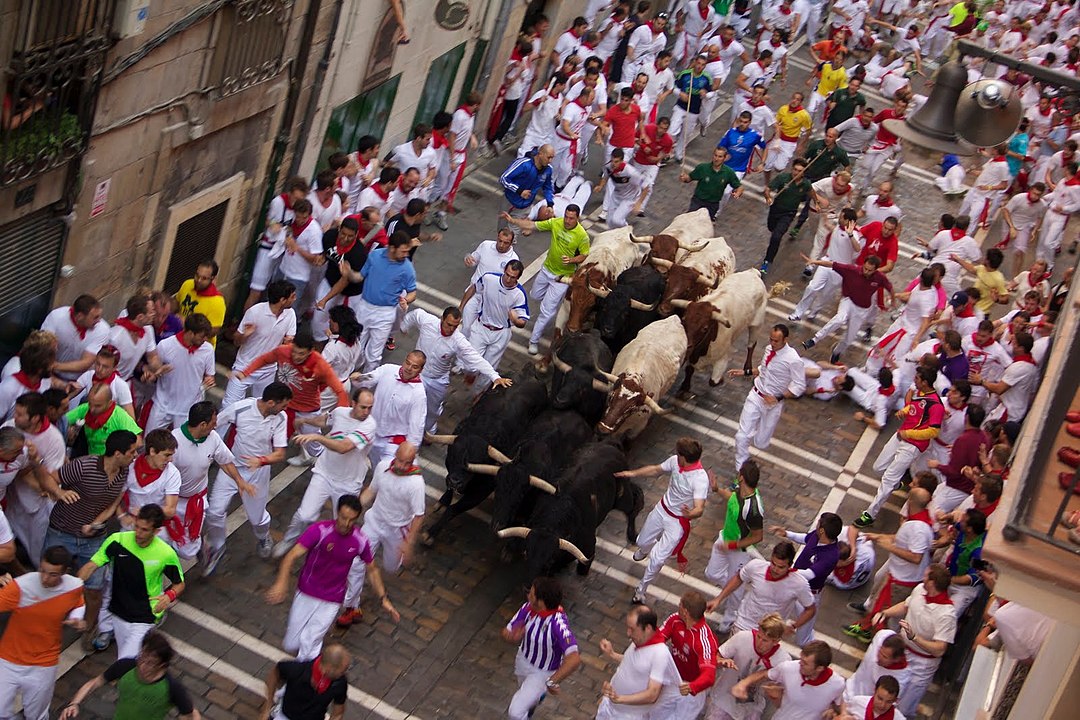
The Running of the Bulls in Pamplona is a thrilling event that attracts adrenaline seekers from around the world. Taking place every year during the San Fermín festival in July, participants run in front of a herd of bulls through the narrow streets of Pamplona. The event is risky but exhilarating, as runners try to avoid being caught by the bulls while racing toward the bullring.
The origins of this tradition date back to the early 14th century, and it has become an international event, drawing crowds to watch the spectacle. Beyond the running, the festival includes traditional music, dance, and celebrations, making it an unforgettable experience for those who attend. Though controversial, the event has remained an integral part of Spanish culture and tradition.
Edinburgh Festival Fringe (Scotland)
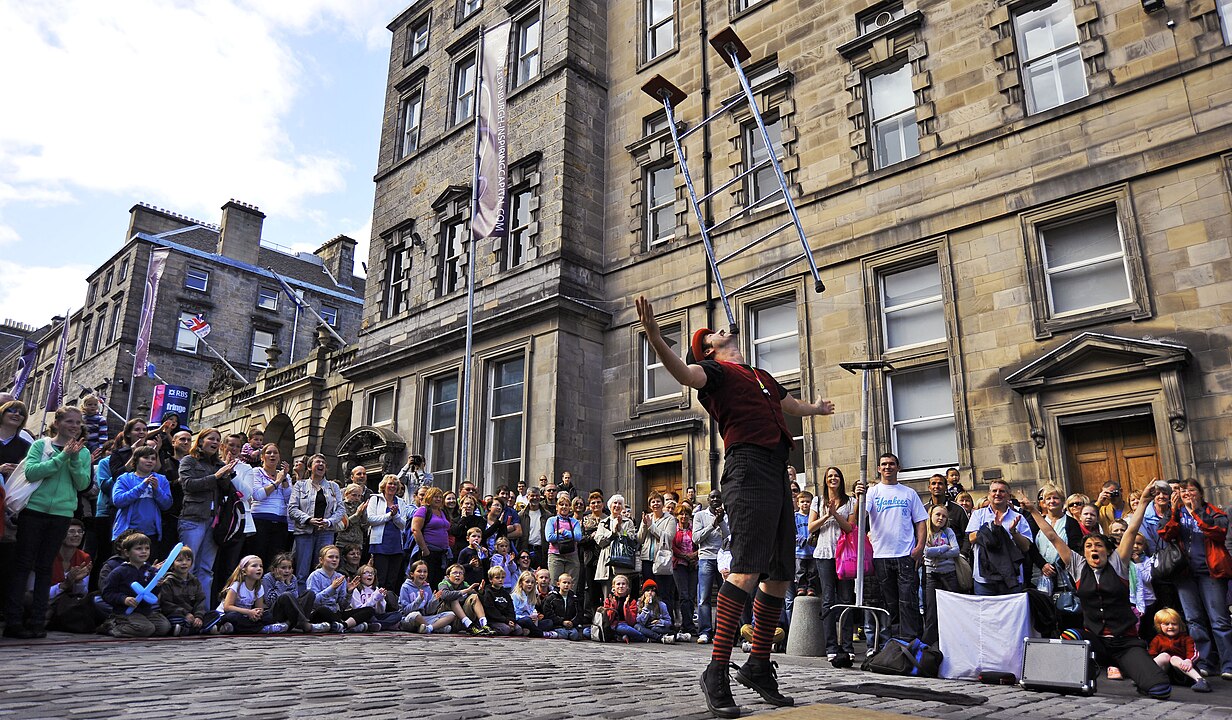
The Edinburgh Festival Fringe is the world’s largest arts festival, held annually in the Scottish capital. It features thousands of performances across various genres, including theater, comedy, dance, and music. Artists from all over the world come to showcase their work, making it a diverse and exciting event for attendees.
With performances taking place in venues of all sizes, from grand theaters to small, intimate settings, the festival offers something for everyone. The Fringe allows emerging and established artists to present their work, creating a platform for new ideas and creativity. Whether you are a lover of theater or enjoy discovering new talents, the Edinburgh Festival Fringe offers a cultural experience like no other.
St. Patrick’s Day (Ireland)
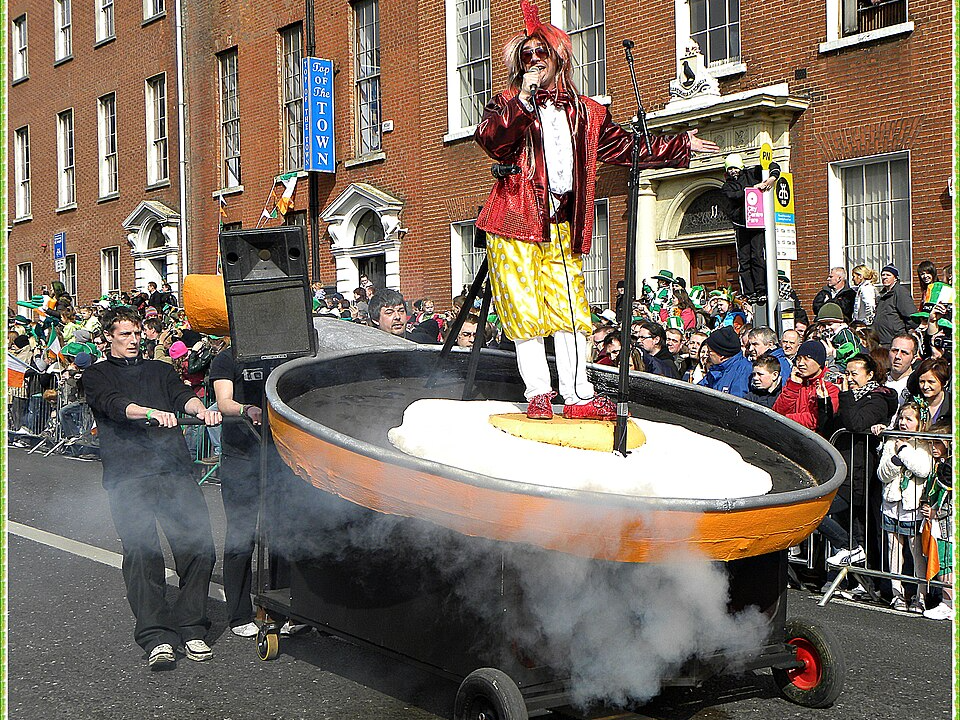
St. Patrick’s Day, celebrated on March 17th, honors Ireland’s patron saint and showcases the best of Irish culture. Parades, music, dancing, and feasting are common in cities like Dublin and Galway, where people come together to celebrate their Irish heritage. The day is also marked by wearing green and participating in community events that highlight Irish traditions.
The origins of St. Patrick’s Day trace back to the early 17th century, but today, it is recognized globally. The festivities are not limited to Ireland, as people all over the world join in the celebrations. Whether you enjoy a traditional Irish meal or a lively pub gathering, St. Patrick’s Day brings people together to enjoy the charm of Irish culture.
Sinterklaas (Netherlands)
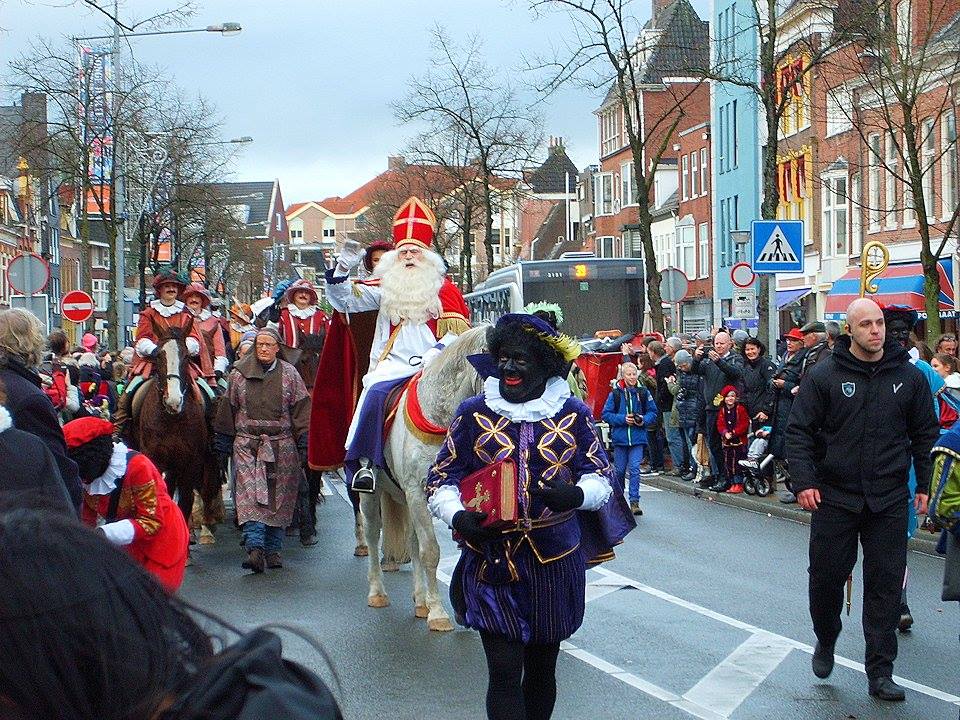
Sinterklaas is a beloved holiday in the Netherlands that takes place on December 5th. The festival celebrates St. Nicholas, the patron saint of children, and is a time for families to gather and exchange gifts. The highlight of the celebration is the arrival of Sinterklaas and his helpers, the “Zwarte Piet,” who bring presents and treats to children.
The event is marked by parades, singing, and various festivities throughout Dutch cities. Children eagerly await the arrival of Sinterklaas, who is said to arrive by steamboat from Spain. While the tradition is celebrated with joy and excitement, it also holds cultural significance, reflecting Dutch history and the values of generosity and kindness.
Fête de la Musique (France)
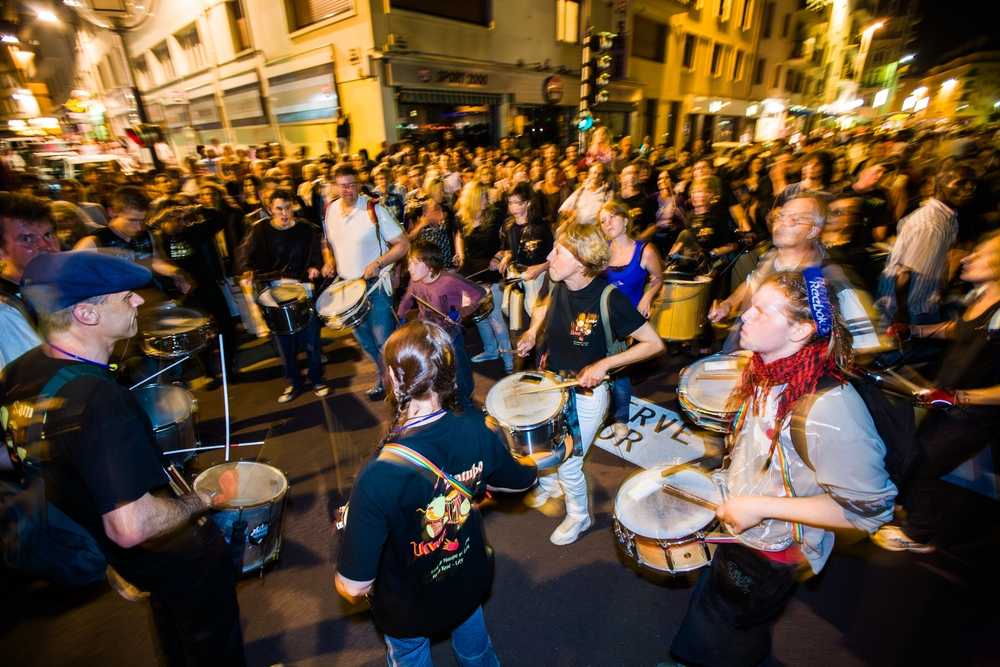
Fête de la Musique, or World Music Day, is a global celebration that started in France and now takes place in many countries. Held every June 21st, it encourages musicians, both professional and amateur, to perform in public spaces for free. The streets, parks, and squares of cities like Paris come alive with live music, offering a wide variety of genres for people to enjoy.
The festival began in 1982, initiated by the French Ministry of Culture, and has since grown into an international event. Musicians of all ages and skill levels participate, creating a vibrant atmosphere of unity and creativity. Whether you’re enjoying classical music, jazz, rock, or electronic tunes, Fête de la Musique provides a unique experience for music lovers around the world.
La Patum de Berga (Spain)

La Patum de Berga is a traditional festival held in Berga, Spain, during the week of Corpus Christi in June. Known for its lively and chaotic celebrations, the event features parades, fireworks, and the burning of giant effigies. The highlight of the festival is the “Patum,” a parade of large, colorful figures representing various themes, followed by the lighting of fireworks in the streets.
This UNESCO-listed event is a spectacular display of Spanish culture and has its roots in medieval times. La Patum de Berga is not just a festival; it’s a living tradition that brings the community together to celebrate with music, dance, and fire. The energy and excitement of the event make it one of the most memorable festivals to experience in Spain.
Feast of San Gennaro (Italy)

The Feast of San Gennaro is a religious and cultural celebration held annually in Naples, Italy. This event, dedicated to the city’s patron saint, San Gennaro, is a vibrant occasion marked by processions, music, and delicious food. Visitors can enjoy traditional Neapolitan dishes, such as pizza and pasta, while participating in religious ceremonies.
The feast also includes the famous “blood miracle,” when the blood of San Gennaro is said to liquefy, a highly anticipated event for locals. This festival offers a unique blend of faith, culture, and Italian culinary tradition, making it an unforgettable experience for all who attend. The lively atmosphere and historical significance make the Feast of San Gennaro one of the most cherished events in Naples.
Bastille Day (France)
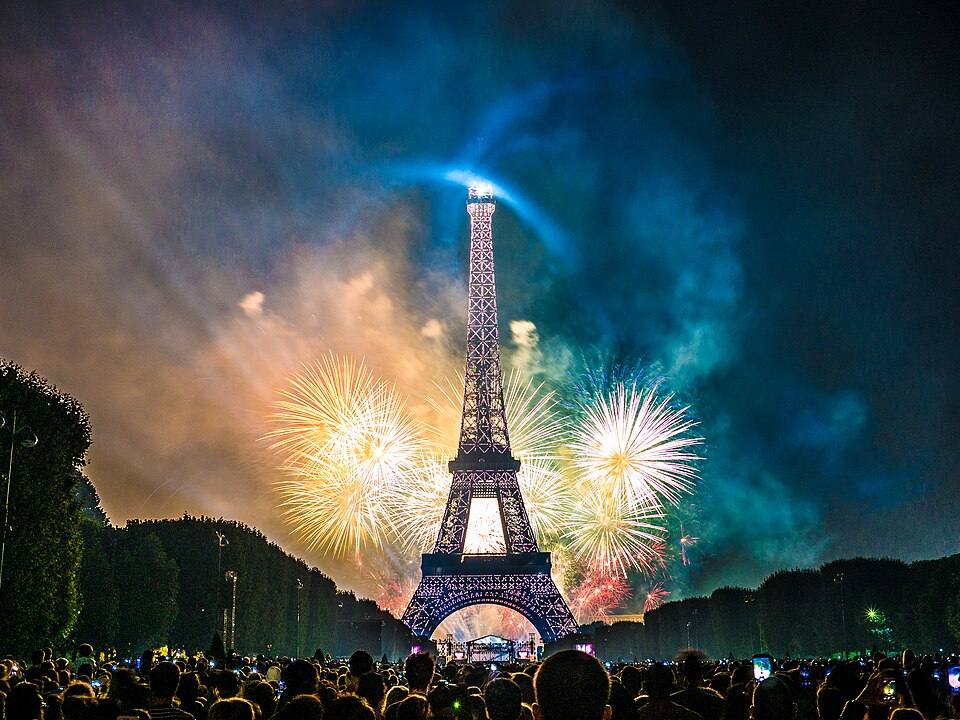
Bastille Day, celebrated on July 14th, marks the anniversary of the French Revolution and the storming of the Bastille prison in 1789. The day is observed with parades, fireworks, and parties across France, but the most iconic celebration happens in Paris. The military parade along the Champs-Élysées and the grand fireworks display at the Eiffel Tower are highlights of the festivities.
This national holiday celebrates French freedom, democracy, and culture. It is a day filled with pride, as people honor their history and independence. Whether you’re watching the fireworks over the Seine or enjoying a local gathering, Bastille Day offers a chance to experience the joy and unity of France’s revolutionary spirit.
Krampusnacht (Austria)
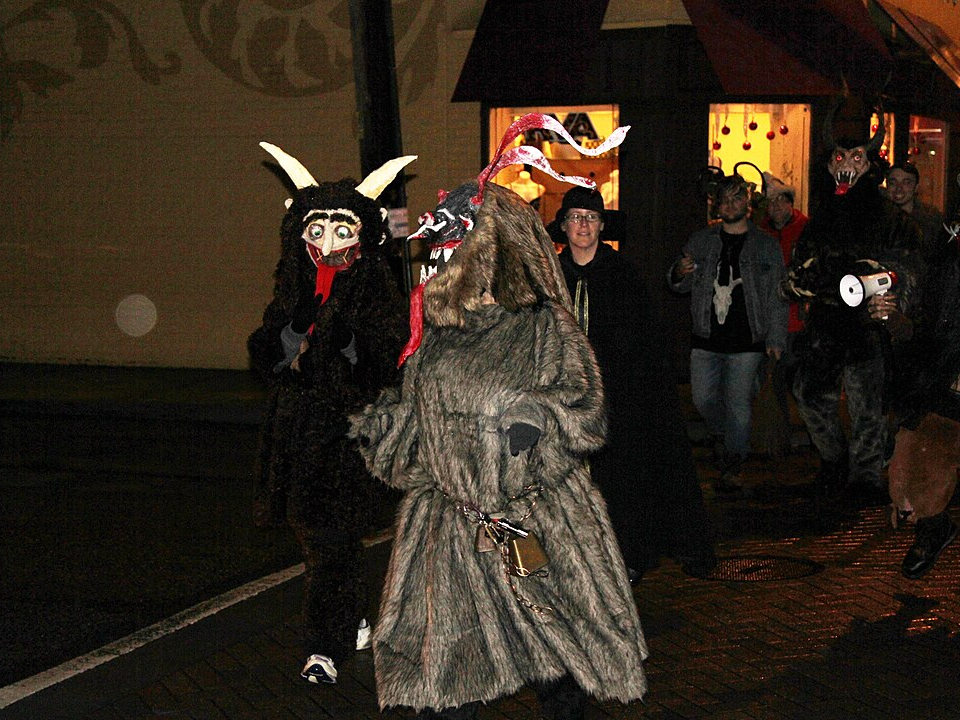
Krampusnacht, celebrated on December 5th in Austria, is a fascinating and eerie festival that contrasts with the more traditional Christmas celebrations. The event centers around Krampus, a mischievous and frightening figure from Alpine folklore who punishes naughty children during the holiday season. Participants dress up as Krampus, wearing terrifying masks and costumes, and parade through the streets.
The origins of Krampusnacht date back to pre-Christian traditions, where the figure of Krampus was believed to ward off evil spirits. Today, the festival is a blend of folklore and fun, with people of all ages enjoying the spooky spectacle. This unique festival offers a glimpse into Austria’s rich cultural heritage and is a must-see for those looking for a more unconventional holiday experience.
Hogmanay (Scotland)
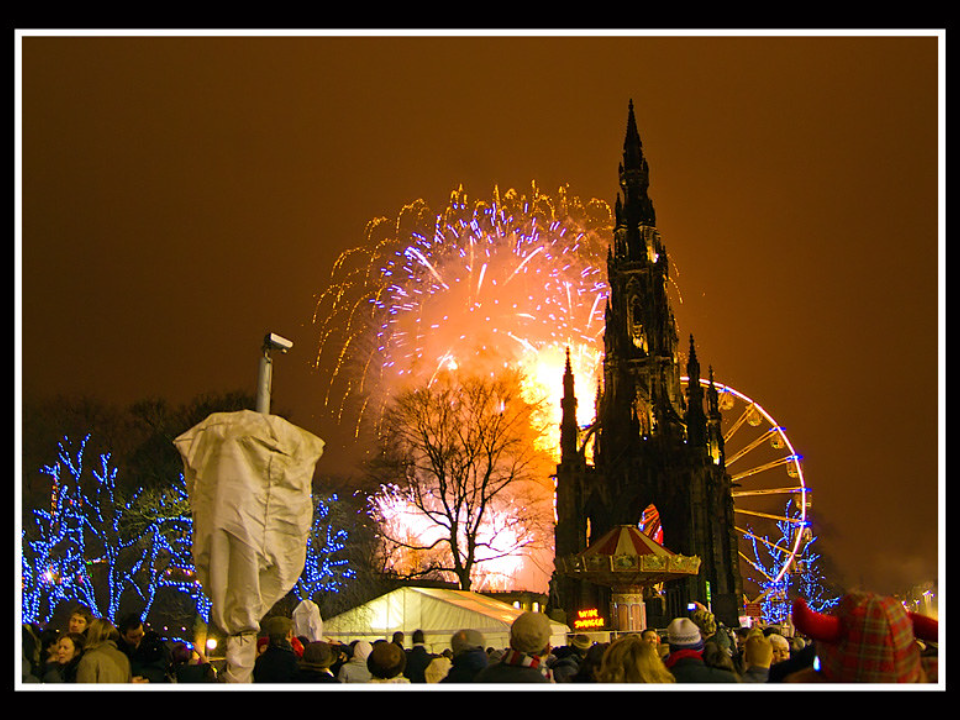
Hogmanay is the Scottish celebration of New Year’s Eve, and it is one of the most exciting and vibrant festivals in Scotland. The festivities begin on December 31st and continue into the early hours of January 1st, with torchlight processions, live music, and street parties. The most iconic event is the massive street celebration in Edinburgh, where thousands of people gather to ring in the new year.
The traditions surrounding Hogmanay include the singing of “Auld Lang Syne,” a Scottish folk song, and the famous first-footing custom. The first person to enter a home after midnight is believed to bring good luck for the coming year. With its rich traditions, lively atmosphere, and spectacular fireworks, Hogmanay offers an unforgettable way to start the new year.
The White Nights Festival (Russia)
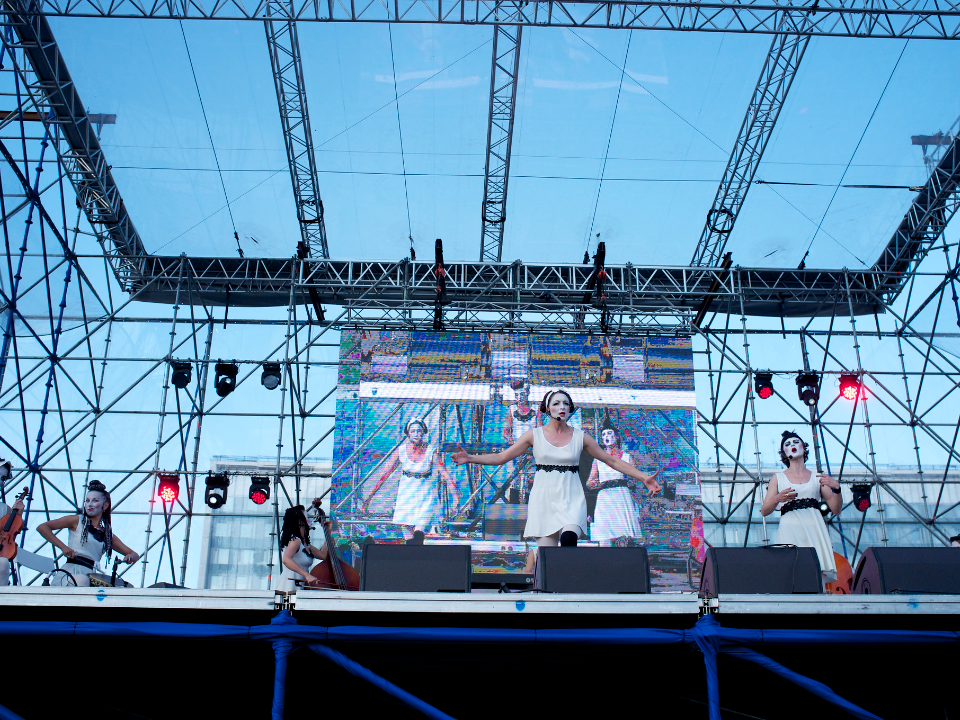
The White Nights Festival in St. Petersburg, Russia, is a celebration of the city’s unique summer nights, where the sun barely sets. Held in late June and early July, the festival features a series of cultural events, including ballet, opera, and classical music performances. The highlight is the Scarlet Sails celebration, which includes a stunning fireworks display and a boat parade on the Neva River.
This festival celebrates both the natural beauty of the White Nights and the rich cultural heritage of St. Petersburg. Visitors can enjoy free performances in public spaces, as well as events in the city’s famous theaters. The atmosphere is magical, with the long summer days providing the perfect backdrop for this world-renowned cultural festival.
Veillee de Noël (France)
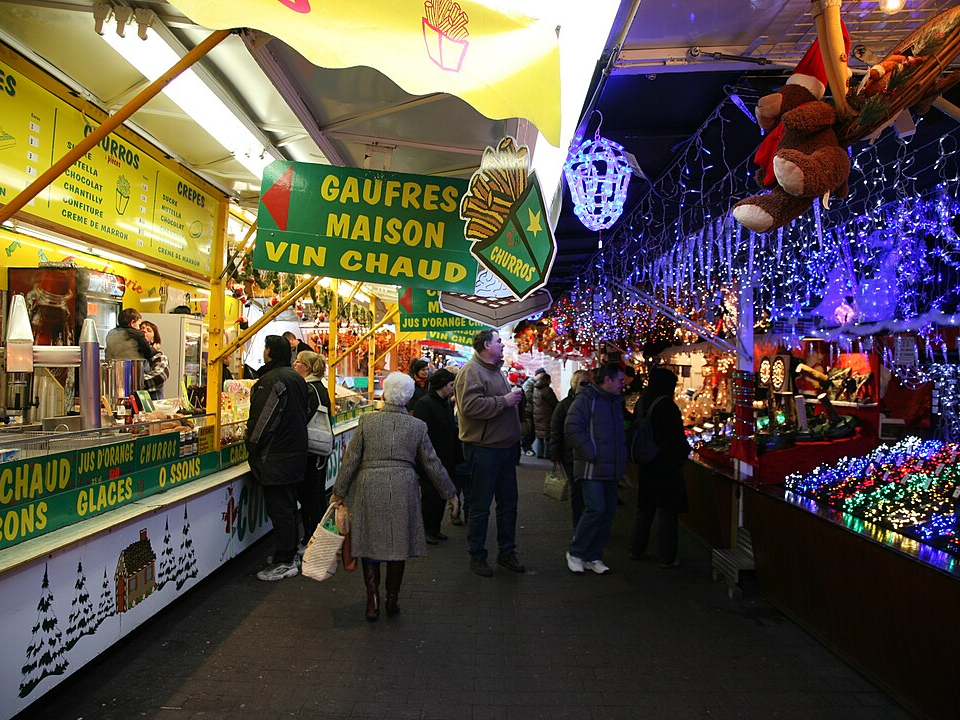
Veillee de Noël, celebrated in the town of Provence, France, is a Christmas Eve tradition that combines religious observance and festive celebrations. Families gather for a special meal, often featuring traditional dishes like roasted meats, vegetable soup, and the famous “13 desserts” representing the 12 apostles and Jesus. This festival offers a unique blend of local food, music, and spiritual reflection.
The highlight of the event is the midnight mass, where the community comes together to celebrate the Christmas story. In the days leading up to the festival, many towns are adorned with nativity scenes, known as “crèches,” that showcase the rich cultural heritage of Provence. The Veillee de Noël is a beautiful reflection of French holiday customs, combining religious devotion with joyful celebration.
The Battle of the Oranges (Italy)
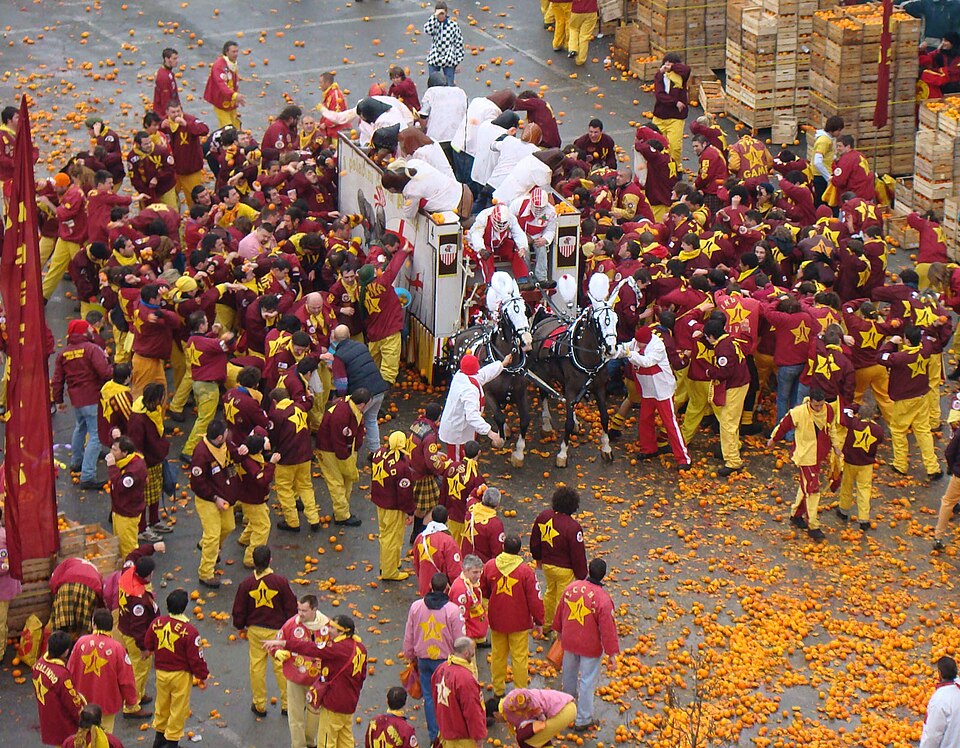
The Battle of the Oranges in Ivrea, Italy, is an unusual and exhilarating festival that takes place every year during the Carnival in February. The event features an epic orange-throwing battle between groups of participants who represent different factions of the city. It’s a thrilling spectacle where thousands of oranges are thrown, simulating an ancient rebellion that took place in the town.
The origins of the festival go back to the Middle Ages, commemorating a peasant uprising against the ruling tyrant. Today, it is celebrated with intense enthusiasm, and each “battle” is a display of both skill and strategy. The vibrant atmosphere, combined with the excitement of the orange fight, makes this festival one of Italy’s most distinctive.
White Cross Day (Czech Republic)
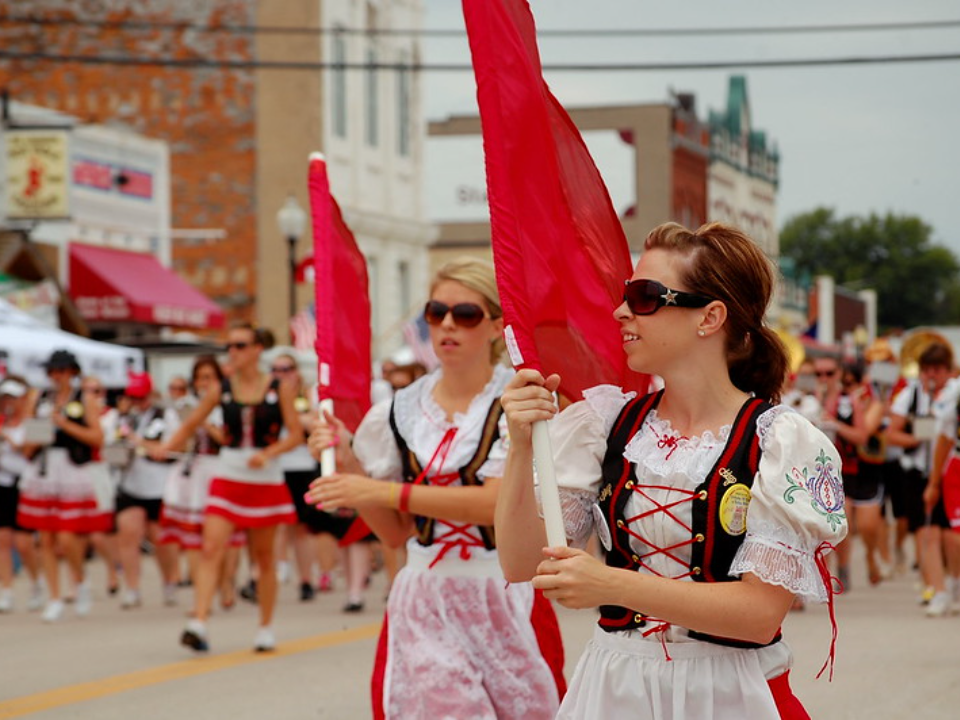
White Cross Day, held annually in Prague, celebrates the Czech patron saint, St. Wenceslas, on September 28th. This festival honors the nation’s history and culture with processions, music, and traditional Czech dances. People wear white garments to symbolize purity, and events focus on Czech heritage, making it a wonderful time for visitors to experience local customs.
The day begins with a grand parade featuring traditional Czech costumes, followed by speeches and performances in the town squares. Local artisans often display their crafts, and food stalls serve delicious Czech fare, including hearty stews and pastries. White Cross Day is a charming way to immerse yourself in Czech culture and enjoy the festive spirit of Prague.
Midsummer Festival (Sweden)

The Midsummer Festival in Sweden is a beloved celebration of the summer solstice, marking the longest day of the year. Held in late June, the festival is centered around dancing, singing, and feasting around a maypole. Participants traditionally wear flower crowns and colorful clothing, making it a vibrant and joyful occasion for all ages.
The event often includes traditional Swedish foods such as herring, new potatoes, and Swedish schnapps. Families and friends gather in parks and backyards to celebrate, enjoying games, music, and laughter. Midsummer is not just a celebration of the season but also a reflection of Swedish traditions and a time to embrace the beauty of nature.
La Feria de Abril (Spain)
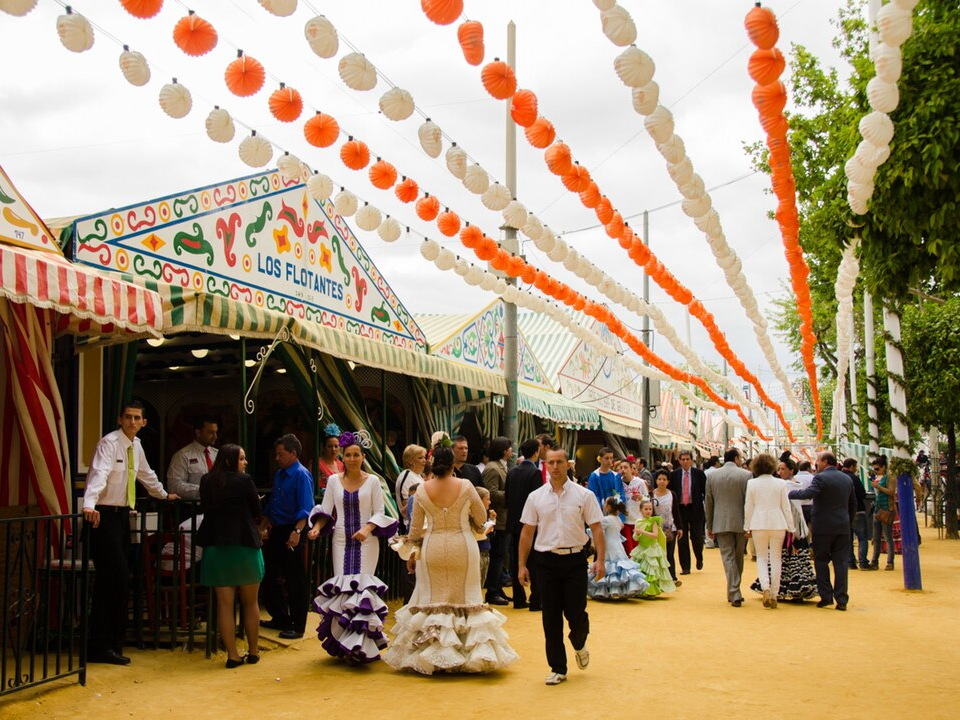
La Feria de Abril, or the April Fair, is held annually in Seville, Spain, and is a lively celebration of Andalusian culture. The event, which takes place in April, is known for its colorful flamenco dresses, lively music, and traditional bullfights. Thousands of people gather in the fairgrounds, where they enjoy delicious tapas, dance sevillanas, and experience the vibrant atmosphere of one of Spain’s most famous festivals.
The fair has a rich history dating back to the mid-19th century and features a mix of traditional and modern entertainment. In addition to the flamenco performances and bullfighting, there are horse parades, carnival rides, and beautiful processions. La Feria de Abril offers a unique opportunity to dive into the heart of Spanish culture, making it a must-see event for anyone visiting Seville.
